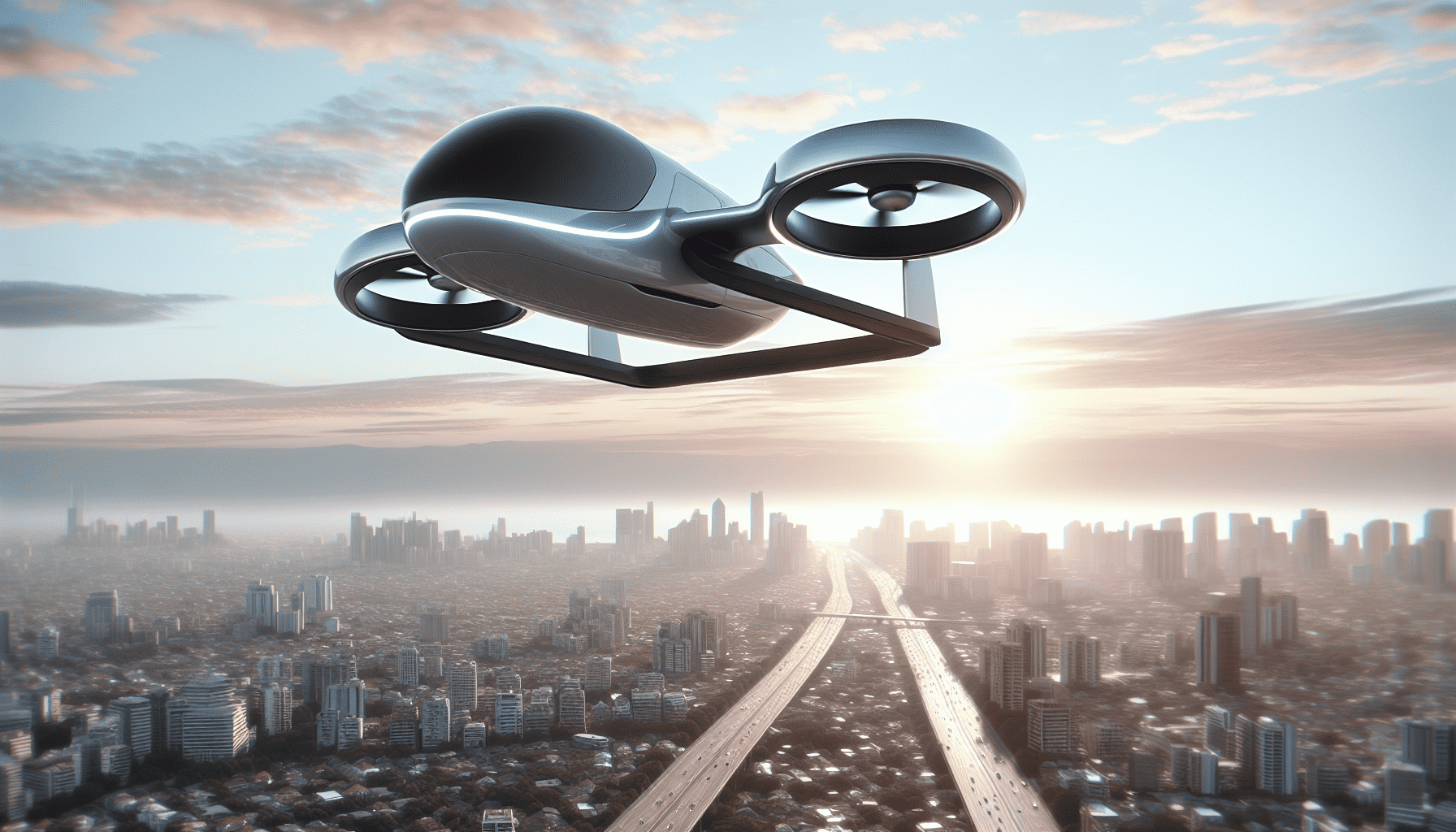As cities around the world continue to grow and evolve, the need for innovative transportation solutions becomes increasingly urgent. Urban air mobility (UAM) is emerging as a futuristic answer to the challenges of urban congestion and inefficient ground transportation. With the promise of transforming cityscapes and redefining how we move, UAM is capturing the imagination of technologists, city planners, and futurists alike. Let's delve into the current landscape of personal air transport, the infrastructure challenges it faces, and the regulatory hurdles that need to be addressed to make this vision a reality.
At the forefront of UAM are vertical takeoff and landing (VTOL) aircraft, often referred to as "flying cars." These vehicles aim to provide a new mode of transport for short to medium distances within and between urban areas. With companies like Joby Aviation, Archer, and Lilium leading the charge, the design and development of VTOLs are becoming increasingly advanced. Lightweight materials, electric propulsion systems, and advanced aerodynamics are being leveraged to create vehicles that are not only efficient but also environmentally friendly.
Infrastructure, however, remains a significant challenge in the rise of urban air mobility. The transition from conceptual designs to practical, everyday use necessitates the development of vertiports—specialized takeoff and landing hubs distributed throughout cities. These sites will need to be integrated into existing urban environments without causing major disruptions. Furthermore, they must be capable of handling a high volume of traffic efficiently, requiring sophisticated scheduling and management systems.
Another essential element of urban air mobility is the development of an effective air traffic management system tailored to the unique demands of low-altitude urban environments. This system must coordinate not only UAM vehicles but also traditional aircraft, drones, and other airborne technologies to ensure safe airspace integration. Advanced AI-driven solutions will likely play a crucial role in managing these complex dynamics.
Regulatory hurdles are perhaps the most daunting aspect of bringing UAM to life. Aviation authorities around the world, such as the Federal Aviation Administration (FAA) in the United States and the European Union Aviation Safety Agency (EASA), are working to develop frameworks that ensure the safety and reliability of these new technologies. The process involves establishing standards for vehicle performance and maintenance, pilot training, and airspace navigation, among other factors. The challenge is to create regulations that enable innovation while maintaining the rigorous safety standards expected in aviation.
Public acceptance is another critical factor in the success of UAM. Concerns about noise, safety, and privacy must be addressed transparently to gain the trust and support of city residents. Effective communication and community engagement strategies will be key in achieving this goal.
Despite these challenges, the potential benefits of urban air mobility are immense. By alleviating ground traffic congestion, reducing travel times, and providing more flexible routing, UAM has the potential to revolutionize commuting and support economic growth in urban areas. Moreover, as these technologies mature, they could contribute to reducing urban carbon footprints, complementing existing public transit systems and encouraging sustainable urban development.
In conclusion, while the journey toward widespread urban air mobility is still in its early stages, the technological advancements and collaborative efforts among industry leaders, government agencies, and communities are promising. As these elements converge, the day may not be far off when personal flying vehicles become a common sight in our skies, reshaping the way we live and move in urban environments.
